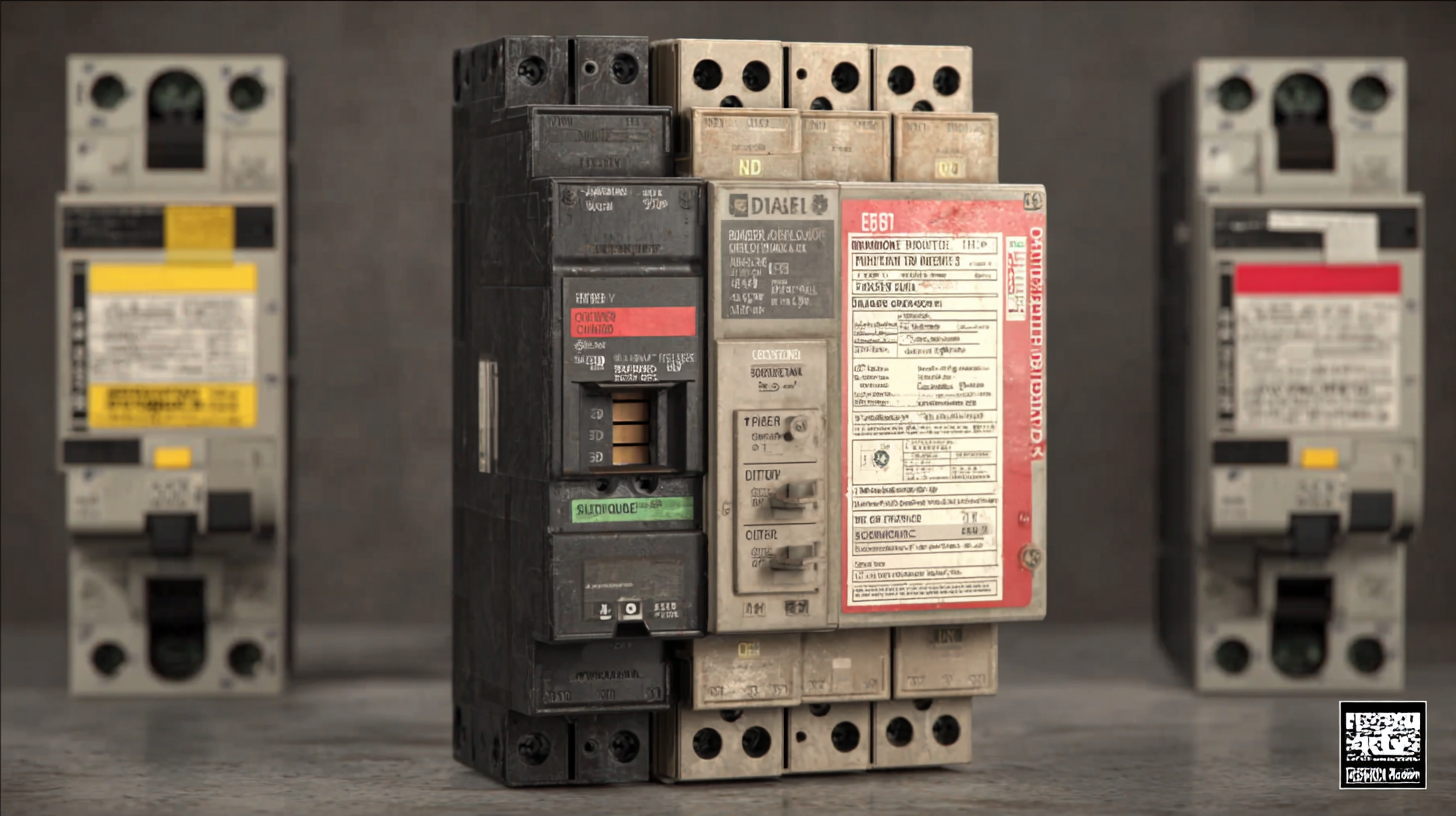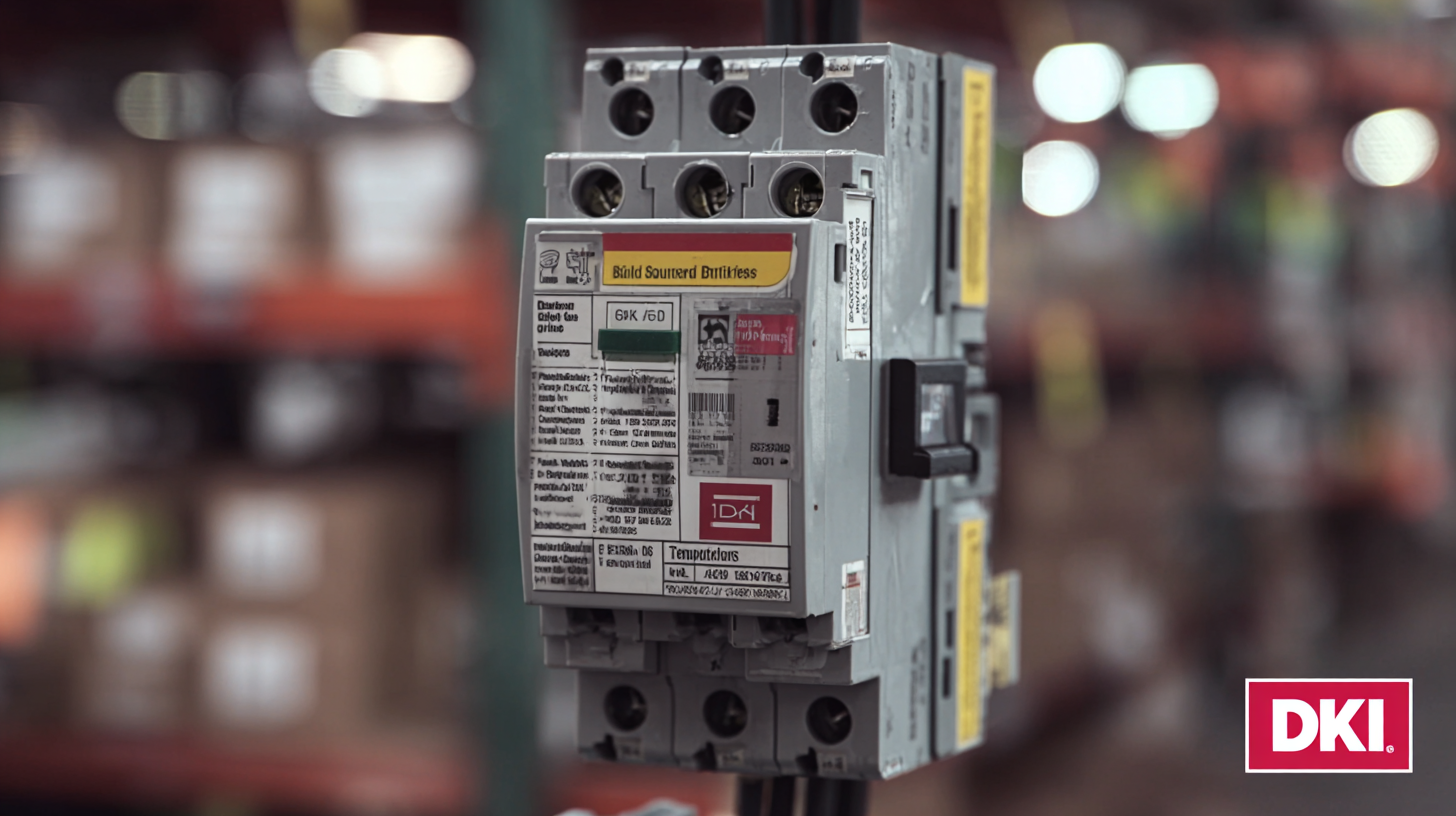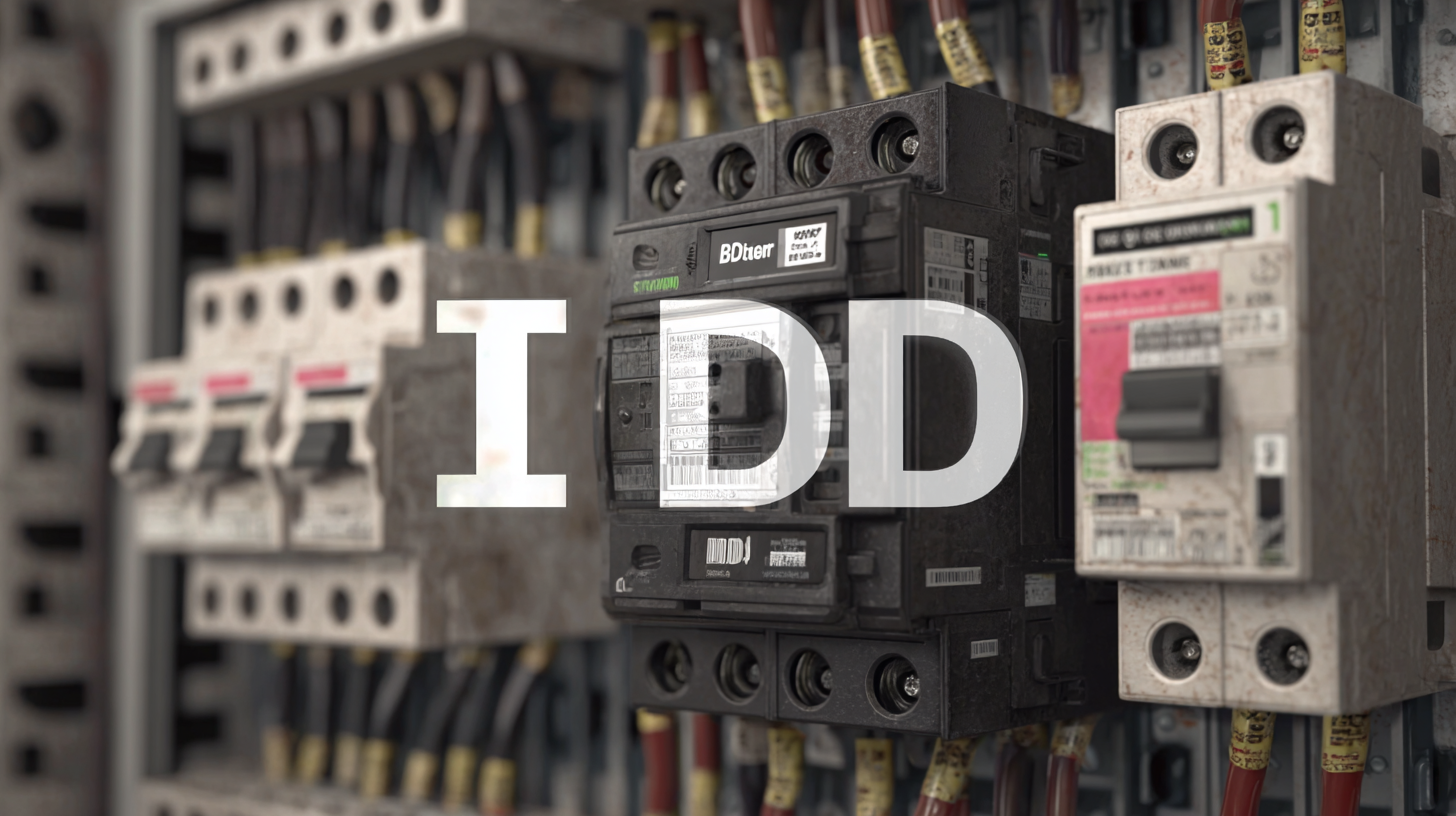
Understanding Import and Export Certifications for the Best Square D Circuit Breakers
In the ever-evolving landscape of electrical hardware, ensuring safety and efficiency in power distribution is paramount. Square D Circuit Breakers stand out in the market due to their robust performance and reliability. According to a recent report by the International Electrotechnical Commission (IEC), circuit breakers, including those from Square D, account for over 40% of the global market share for electrical protection devices, highlighting their critical role in both commercial and residential applications. Furthermore, a study by MarketsandMarkets predicts that the circuit breaker market will reach $10.5 billion by 2026, driven by the increasing demand for renewable energy solutions and the growing need for energy-efficient devices. When choosing high-quality manufacturers and understanding the necessary import and export certifications, customers can ensure that they are investing in the best Square D Circuit Breakers, maximizing safety and performance without compromising on regulatory compliance.

The Importance of Import and Export Certifications in Electrical Equipment
When dealing with electrical equipment like Square D circuit breakers, understanding import and export certifications is crucial. These certifications ensure that the products meet specific safety and performance standards set forth by regulatory bodies. A lack of proper certification can not only hinder market access but also compromise safety, leading to potential hazards. Therefore, manufacturers and distributors must prioritize obtaining the necessary certifications before trading these critical components.
Tips for ensuring compliance include reviewing the relevant regulations in your target market, which can vary significantly from one country to another. Familiarize yourself with the required certifications, such as UL, CE, or IEC standards, as they provide a benchmark for quality and safety. Additionally, engaging with compliance consultants can streamline the certification process and minimize the risks of non-compliance.
Another tip is to maintain thorough documentation of all certifications and testing procedures. This not only facilitates smoother transactions but also builds trust with your clients. Having a clear record of compliance can be a decisive factor when competing in the global market, as customers increasingly seek products that guarantee safety and reliability. By staying informed and proactive about import and export certifications, you can enhance your business’s reputation and ensure the safe distribution of Square D circuit breakers worldwide.
Understanding Import and Export Certifications for the Best Square D Circuit Breakers
| Certification | Description | Importance | Region/Market |
|---|---|---|---|
| CE Marking | Conformity to European health, safety, and environmental protection standards. | Essential for market access in the EU. | European Union |
| UL Certification | Assurance of safety for products in North America, tested by Underwriters Laboratories. | Valuable in gaining consumer trust and meeting safety regulations. | United States |
| ISO 9001 | Quality management system certification indicating consistent product quality. | Important for improving operational efficiency and customer satisfaction. | Global |
| RoHS | Restriction of Hazardous Substances, ensuring electronics do not contain specific harmful materials. | Crucial for compliance and environmental protection. | European Union |
| CSA Certification | Canadian Standards Association certification for safety standards in Canada. | Important for product approval and market access in Canada. | Canada |
Key Certifications Required for Square D Circuit Breakers
 When selecting the best Square D circuit breakers, understanding the key certifications can significantly impact safety, compliance, and performance. Among the most recognized certifications are the Underwriters Laboratories (UL) certification and the National Electrical Manufacturers Association (NEMA) rating. According to a recent industry report by MarketsandMarkets, the global circuit breaker market is projected to reach $14.5 billion by 2025, emphasizing the importance of recognized certifications in ensuring product reliability and safety in electrical installations.
When selecting the best Square D circuit breakers, understanding the key certifications can significantly impact safety, compliance, and performance. Among the most recognized certifications are the Underwriters Laboratories (UL) certification and the National Electrical Manufacturers Association (NEMA) rating. According to a recent industry report by MarketsandMarkets, the global circuit breaker market is projected to reach $14.5 billion by 2025, emphasizing the importance of recognized certifications in ensuring product reliability and safety in electrical installations.
UL certification ensures that the products meet stringent safety standards, reducing the risk of electrical failures and providing peace of mind to both manufacturers and consumers. Additionally, the NEMA rating indicates the environmental suitability of circuit breakers in various settings, which is crucial for industries where specific operational conditions must be met. For instance, NEMA 1 rating specifies indoor use, while NEMA 4 is suitable for outdoor applications, protecting against moisture and dust. With the increasing regulatory demands and the necessity for high-quality products, compliance with these certifications is essential for manufacturers like Square D to maintain a competitive edge in the market.
Understanding International Standards in Circuit Breaker Production
In the circuit breaker manufacturing industry, adherence to international standards is crucial to ensuring safety and reliability. Organizations such as the International Electrotechnical Commission (IEC) set forth rigorous benchmarks that products must meet before they can be marketed globally. For example, the IEC 60947 standard outlines specific testing methodologies and performance requirements for circuit breakers, which can dramatically reduce the risk of system failures. Reports indicate that products certified under these rigorous standards have a failure rate that is significantly lower—by as much as 25%—compared to non-certified alternatives.
Tip: Always check the certification labels on circuit breakers to confirm they meet international standards before purchase.
Moreover, familiarize yourself with the certification processes to ensure that your chosen products are not only compliant but also suitable for the specific applications you require. Engaging with reputable suppliers who understand these certifications can provide valuable insights and help avoid costly mistakes.
Tip: Keep abreast of changes in certification standards to ensure ongoing compliance, as regulatory landscapes can shift and impact manufacturing guidelines.
How Certification Influences Quality and Safety of Electrical Products
When it comes to electrical products, including Square D circuit breakers, certification plays a crucial role in ensuring quality and safety. Certifications from recognized organizations, such as UL (Underwriters Laboratories) or IEC (International Electrotechnical Commission), serve as benchmarks that guarantee products have met stringent safety and performance standards. These certifications involve rigorous testing procedures, which not only assess the product's functionality but also evaluate its performance under extreme conditions. As a result, consumers can be more confident that the circuit breakers they purchase are reliable and will function properly in critical situations.
Furthermore, certified products often benefit from enhanced designs and materials that contribute to their durability and efficiency. For manufacturers like Square D, adhering to certification processes is not merely a regulatory requirement; it's a commitment to delivering safe and high-performing products. Ultimately, choosing products backed by reputable certifications leads to better peace of mind for both electrical professionals and end-users, knowing that safety is prioritized and quality is assured in every circuit breaker delivered.

Navigating the Challenges of Certification Compliance in Global Markets
Navigating the challenges of certification compliance in global markets has become increasingly complicated, especially for manufacturers of essential products like circuit breakers. With stringent regulations and varying requirements across jurisdictions, understanding the nuances of import and export certifications is critical. A recent market report projects that the testing, inspection, and certification market will grow to USD 271.77 billion by 2031, indicating a rising demand for compliance solutions that can adapt to these shifting dynamics.
One effective tip for businesses is to stay updated on regional regulatory changes, such as those introduced by tariff policies that can reshape trading landscapes. Companies must ensure they have robust processes in place to evaluate how these changes might affect their product certifications and market access.
Additionally, implementing strategic workforce planning is essential. Organizations should consider recruiting compliance specialists with expertise in international standards, enhancing their ability to navigate complex certification requirements efficiently. By investing in the right talent and resources, companies can build resilient compliance frameworks that not only meet regulatory demands but also foster market agility.
Understanding Import and Export Certifications for Circuit Breakers
This chart illustrates the certification compliance challenges faced by manufacturers in global markets, showcasing the number of certifications required for different regions.
